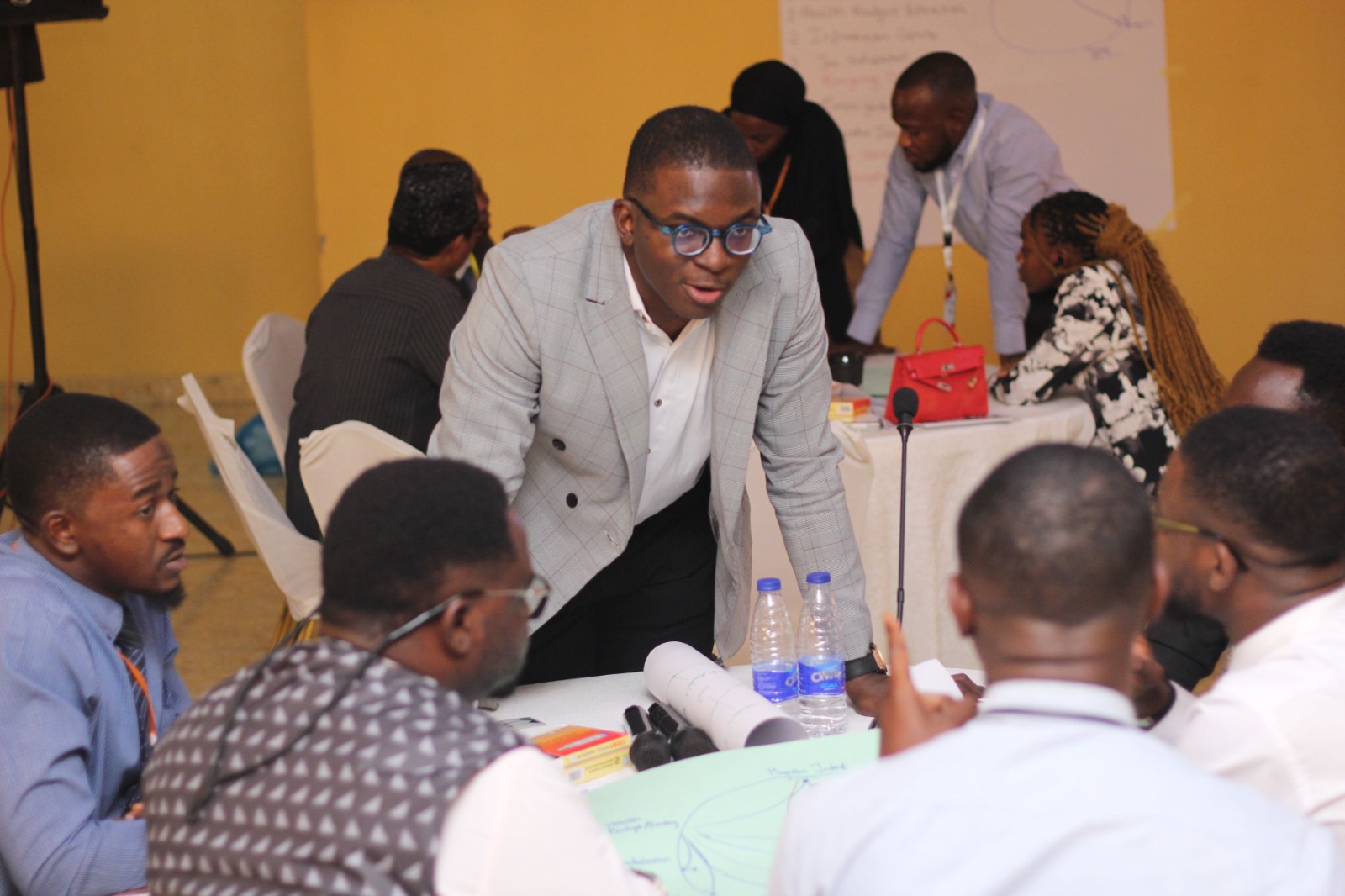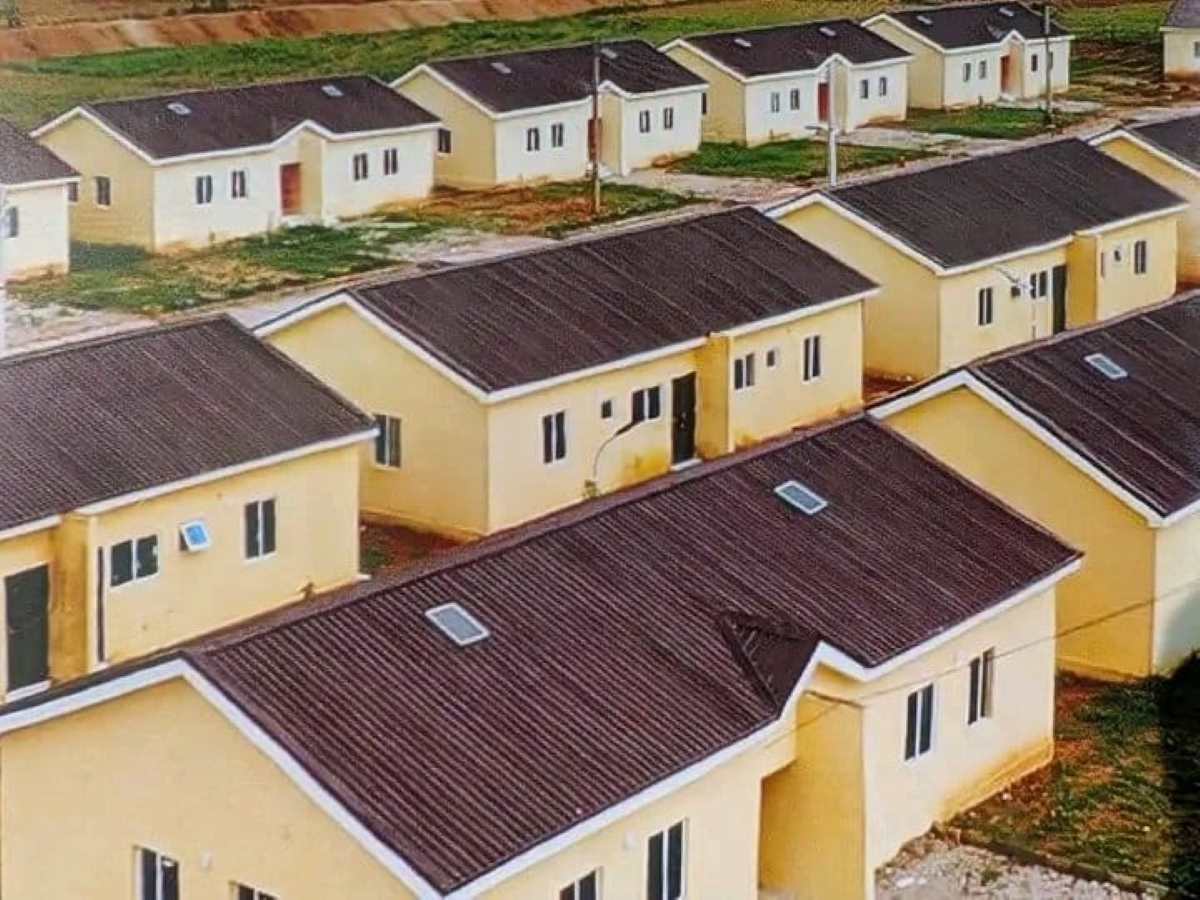As Nigeria battles a worsening health worker exodus that threatens to collapse its fragile healthcare system, a groundbreaking policy model developed by a Nigerian physician and scholar at Johns Hopkins University, Dr. Emmanuel Animashaun, may offer a way out of the crisis.
The model, the first of its kind in the country, uses a systems thinking and Group Model Building (GMB) approach to map and address the complex causes of health workforce migration.
Dr. Animashaun’s innovative research, conducted in Abuja with 30 health sector stakeholders, introduces a participatory tool that visually illustrates how interconnected problems—like poor working conditions, policy gaps, and even violence against workers—reinforce one another to drive doctors and nurses abroad. “This isn’t just about poor pay,” he told the Guardian. “It’s about overwork, burnout, broken systems, and even the policies meant to fix the problem making it worse.”
The model relies on causal loop diagrams to highlight how feedback loops worsen staff shortages and policy failures. Dr. Animashaun’s study identified 11 such feedback loops and offers evidence-based interventions spread across six health system subsystems, including finance, governance, clinical training, and diaspora engagement. His work is already generating interest among policymakers within Nigeria and beyond.
“While the model was built in Nigeria, the dynamics it reveals—professional burnout, policy failure, and diaspora pull factors—are nearly identical in many sub-Saharan African countries,” said Dr. Animashaun. “It’s highly adaptable for Ghana, Kenya, Sierra Leone, and other nations facing similar health worker losses.”
What makes the study a breakthrough is not only the technical innovation but also its participatory approach. It marks the first documented use of Group Model Building to tackle public health workforce challenges in Nigeria. “When stakeholders are part of the process, they’re more likely to support the solution. This boosts policy adoption and sustainability,” he added.
The model has been uploaded using Kumu.io, a visual mapping software, and is currently being reviewed by development partners and government institutions. Some of the immediate policy areas the tool informs include task-shifting policies, workplace dignity campaigns, and diaspora-led health training initiatives. “We now have a system map that helps us anticipate the ripple effects of our decisions—before implementing them,” said one public health official who participated in the model-building session.
Dr. Animashaun’s work also emphasises the importance of making health workers feel valued and heard. “Too often, health professionals are treated as outputs, not stakeholders. This model turns that around,” he noted. Among his proposed interventions are grievance redress mechanisms, flexible financing schemes, and structured diaspora telemedicine projects aimed at reconnecting Nigerian professionals abroad with the country’s health needs.
The policy tool has not gone unnoticed in the region. Discussions are underway to adapt it for other West African countries. “We’re working with colleagues in Ghana and Sierra Leone to replicate the framework,” said Dr. Animashaun, who hopes to build a continental network of system-informed health workforce policy advisors.
As Nigeria faces its worst health brain drain in decades, with thousands of trained professionals relocating annually, experts say Dr. Animashaun’s model offers a timely, data-driven response. “We’ve built a tool that shows how everything is connected—and how to change the story,” he said. “This isn’t just about Nigeria. It’s a model that can help any African country suffering from brain drain design smarter, context-specific health workforce policies.”






